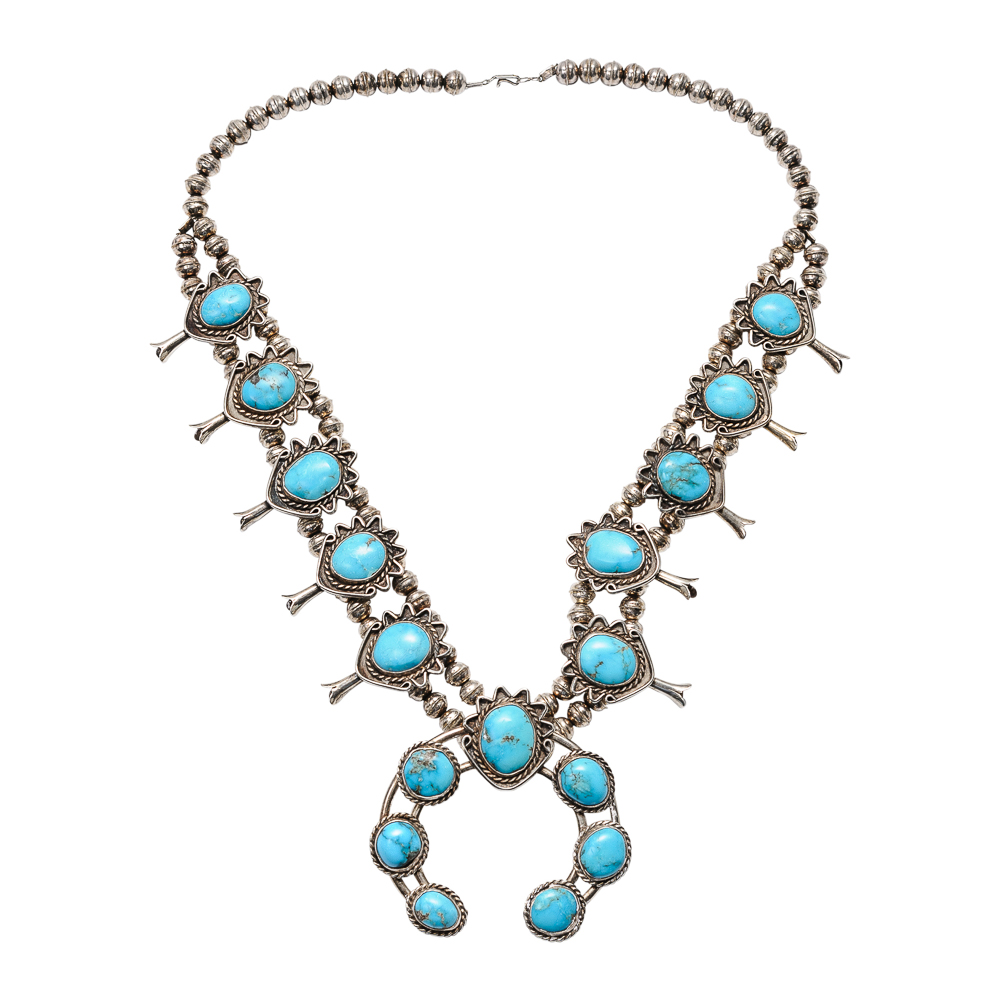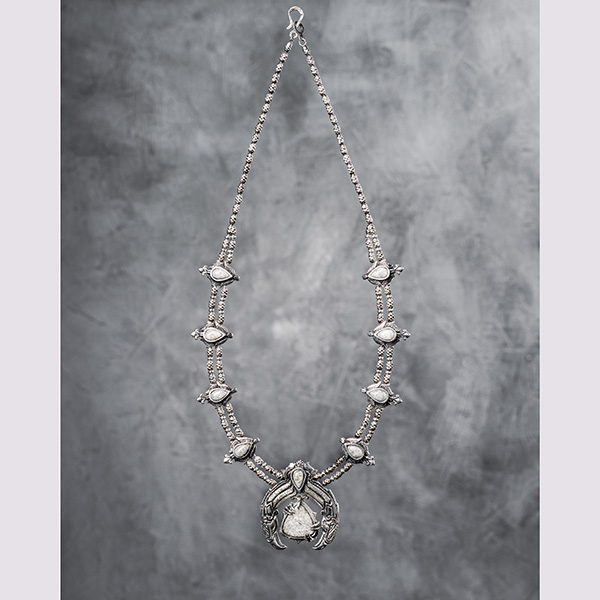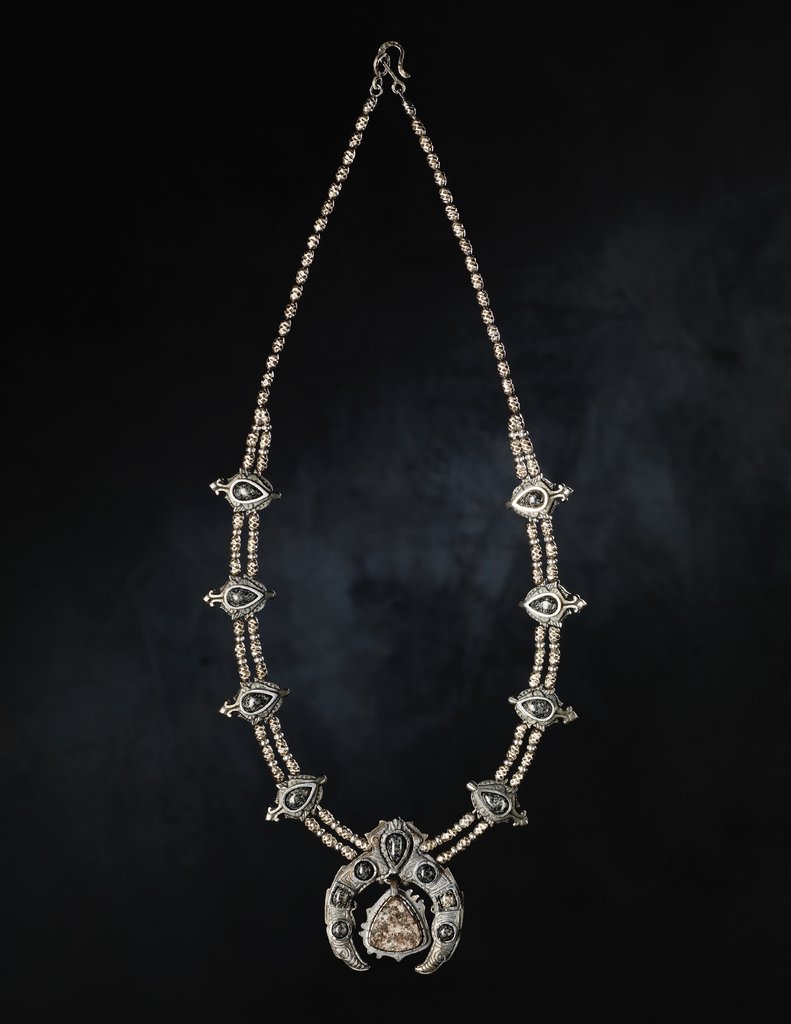Scots and Cape Breton Mi'Kmaq Meet Over Environmental Issue On HarrisScotland, while small has been involved in a number of environmental issue including wind power and tidal power. Roineabhal, a high hill, whose parent peak, Beinn Dhubh is located on Harris in the Outer Hebrides or Western Isles. Roineabhal became involved in a major lawsuit that lasted for years. The top plateau contains Anorthosite, a granite which forms the light colored areas of the moon’s surface. In 1988 the LaFarge company from France wanted to build a “superquarry” in Lingerby that would extract about 10 million tons of materials per year. The company would invest nearly $120 million dollars. The activities would substantially alter the land. Quarry Management, in August if 1993, said that “the proposed quarry at Lingerabay will be 50 times larger than a conventional large British quarry (Quarry Management, August 1993, pp. 19-23). Being opencast, it will leave Mt. Roineabhal with a scar 6 times the height of the White Cliffs of Dover. 36 tonnes of explosive will be detonated per week, equivalent over the quarry’s 60-year life to dropping 6 Hiroshima-sized (13 kilotonne) atom bombs on Harris”. The battle raged for nearly 10 years, with several environmental groups fighting against the French company. After a court decision LaFarge withdrew its application and terminated the project. Among the people presenting arguments was Sulian ‘Stone Eagle’ Herney, a member and former chief of the indigenous Mi'Kmaq of Cape Breton Island, Nova Scotia (meaning “New Scotland”, of course). Enter into the picture Maeve Gillies, a Scottish American jewelry designer, whose husband, like Stone Eagle, has ancestry back to pre Columbian America. Although Ms. Gillies typically designs jewelry with Celtic motifs, she memorialized Stone Eagle’s assistance in the project by creating a remarkable piece which linked the battle for Roineabhal and Stone Eagle’s assistance by bringing something from aboriginal America together with the land that was preserved. The Navaho of the southwestern United States, began to make “squash blossom necklaces” at the end of the 19th century. These are beautiful silver and turquoise necklaces with look like pomegranate blossoms. At the center is a horseshoe shaped piece called the naja.  Shannon Tofts - photographer Using the motif of the Squash blossom necklace, but replacing the turquoise with black-and-white Harris anorthosite collected from the foot of the mountain, thereby merging a design from one culture with the materials from another.  Shannon Tofts - photographer  Shannon Tofts - photographer The remarkable piece has two carved golden eagles in the naja. The eagles habitat was one of the environmental aspects of the mountain that was threatened by the superquarry, So in addition to preserving the ecology of the area, the dispute is also responsible for the creation of a wonderful piece of art. For those interested in the law suit see Superquarry Briefing (alastairmcintosh.com) Harris superquarry, Scotland, UK | EJAtlas |